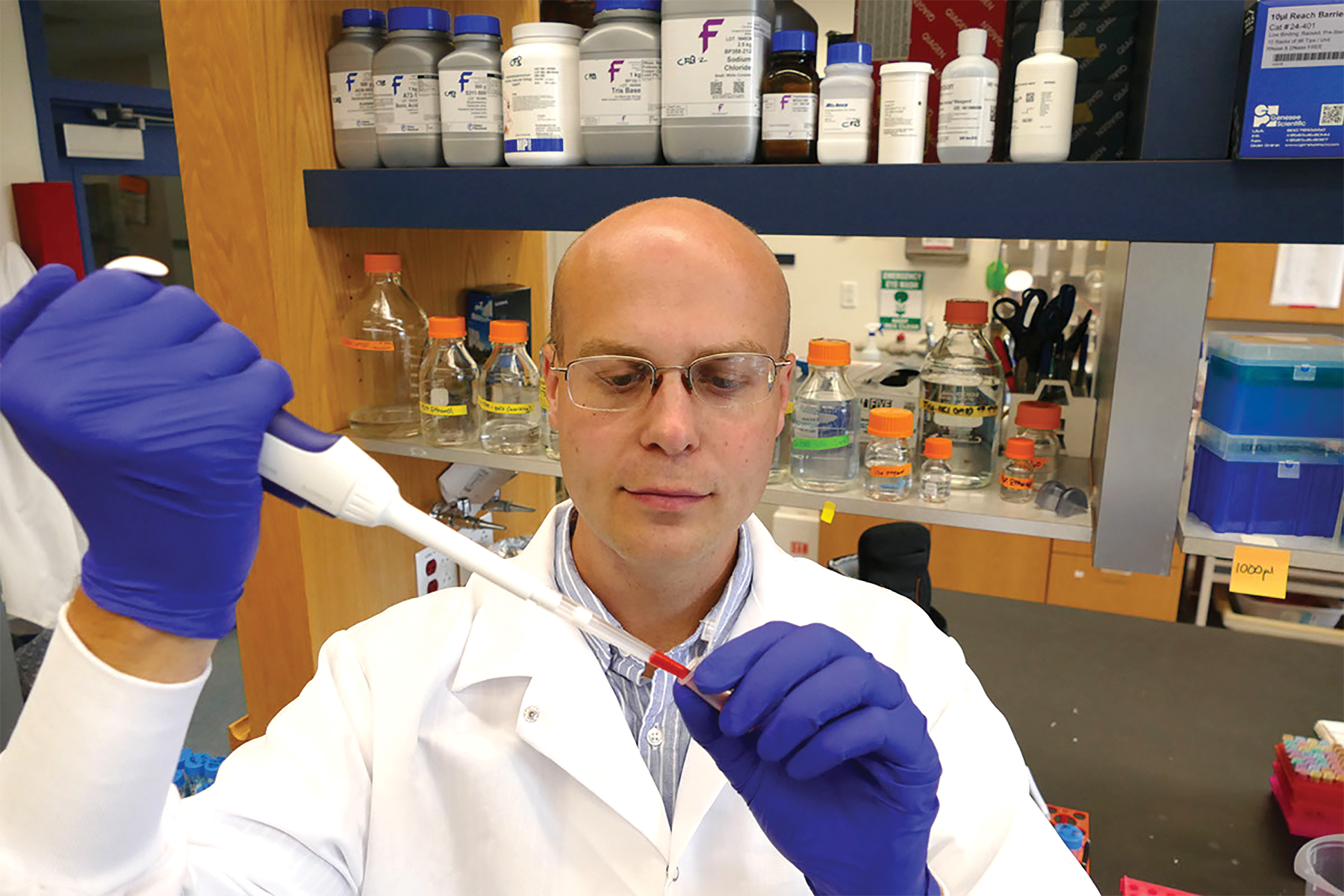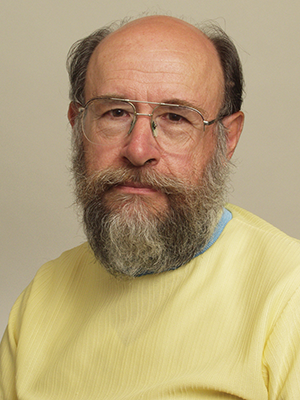New Plant Species Honors Alum’s Favorite “Eccentric” Prof


Flourishing in the foothills of the Blue Ridge Mountains in Tennessee, there’s a newly discovered species of wild ginger named in memory of YSU Biology Professor Carl F. Chuey.
YSU alumnus Brandon Sinn, ’08 BS in Biology, found the plant while conducting research as part of his doctoral dissertation for a PhD in Evolution, Ecology and Organismal Biology at Ohio State University. He named the plant Asarum chueyi.
“I wanted to name it after Dr. Chuey because he focused on teaching a lot, so he didn’t have a chance to find a new species,” he said. “Besides, I wouldn’t be doing what I’m doing now if it wasn’t for him.”
A Lordstown High School graduate, Sinn was a half-hearted freshman Education major in 2003 when he signed up for a non-majors Biology class Chuey was teaching. Sinn liked the course so much that he lobbied for a student job in the Biology department and Chuey eventually found a place for him in YSU’s herbarium.
The herbarium was Chuey’s crowning achievement at YSU – he grew it from 200 plant specimens to more than 100,000, one of the largest in the state of Ohio. YSU renamed it in his honor two years ago.

Very quickly, Sinn became hooked on plants. He changed his major to Biology and began to work closely with Chuey as a lab and teaching assistant. “He was a classic eccentric science professor. We became friends,” he said, remembering hours they spent exploring for plant specimens in Poland Woods and Mill Creek Park.
They stayed in touch when Sinn went off to pursue his doctorate at OSU. Chuey died five years later, in 2014. He was 70.
Sinn actually discovered the existence of Asarum chueyi in a herbarium in St. Louis when he spotted a form of wild ginger that appeared to be mislabeled. Later, he found that same plant with what he calls “sci-fi-looking” purple flowers growing in the Blue Ridge Mountains. “It takes a lot more luck than people would imagine,” he said, describing the discovery.
He studied the plant’s physical and DNA characteristics, along with other previously named plants in the genus Asarum, and determined that it was, in fact, a completely new and undiscovered species. He then named the species in honor of Chuey, using the required Latin grammar protocol, and published his discovery in Phytotaxa, a peer-reviewed scientific journal.
Since earning his PhD in 2015, Sinn has been conducting post-doctoral research to prepare for a career as a university professor. He spent a year at The New York Botanical Garden as a member of the Planteome Project, an international effort to develop a universal plant vocabulary for use by plant biologists. Now, he is a postdoctoral fellow at West Virginia University, studying phylogenomics and comparative genome evolution – reconstructing the evolutionary history of plants to understand how their genomes have changed over time. His wife, Ieva Roznere, also has a PhD and is conducting post-doctoral research at Ohio State.
